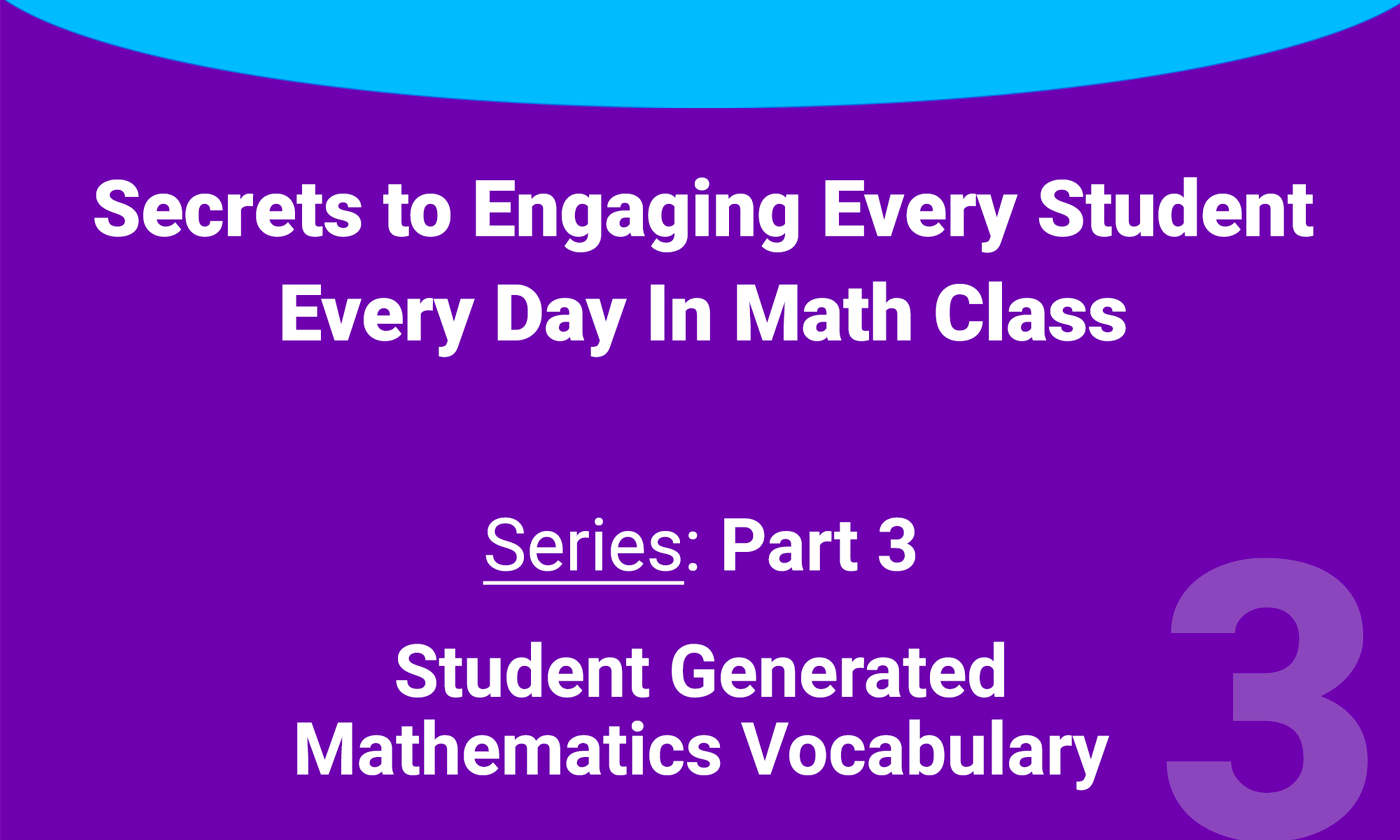Give students mathematical language by connecting it to the colloquial terms they are using. When children have access to precise vocabulary, they can express their ideas more clearly and feel more confident to participate in discussions.
I love the Collect and Display routine from the Illustrative Mathematics curriculum. I used it recently in a 4th grade class, during a geometry lesson about polygons. We didn’t define polygons for students but gave them a few examples of polygons and of non-polygons and asked them what was similar and different about the shapes in each group. Students then sorted shapes based on whether they were polygons or not. As they worked with their partners on this task, we listened in and collected the words students used to talk about shapes. We wrote those words on post-its using thick markers. They used words like “rounded”, “like a circle”, or they gestured to show how the side was curved. They used “gap”, “not connected”, and “sealed” to talk about whether the shape was open or closed. They also used academic vocabulary they already knew like “intersecting lines”, “areas”, some described sides as “straight” or “curved”.
We then organized the post-its on chart paper, by grouping words with similar meanings together. We started our closing discussion by showing the chart with the organized list of the students’ words. “Look at all that you noticed about shapes and all the language that you used to talk about those noticings!” We then moved to provide the formal language we want students to use when talking about shapes: “You noticed that some shapes have sides that look like a circle or go like this (using the gesture we saw our students using before). Mathematicians describe this attribute as a “curved side”. Then we wrote that word next to the relevant group of post-its. We continued this way to define other terms and added them to our chart. For the rest of the lesson, we encouraged the students to use the formal language we introduced.
This routine can be used at the beginning of any math unit. Words can be added as needed to the chart as the unit proceeds. According to IM, “the intent of this routine is to stabilize the varied and fleeting language in use during mathematical work, in order for students’ own output to become a reference in developing mathematical language.” The teacher I was working with during this lesson noted that the routine made her students feel they were experts and this gave them confidence. And they are experts – look at all they already knew!
By inviting kids to compare and contrast and use their own descriptive language, we gave these students an opportunity to think for themselves and to ‘discover’ mathematical attributes. This enabled us to insert correct terminology at a time when students could make connections and thus help them remember the terms we want them to use. Going forward, that chart will allow the teacher to hold students accountable for using mathematical terminology, which in turn will help students increase, deepen and retain their new knowledge.

Corinne Berthiaume, Metamorphosis Coach



0 Comments